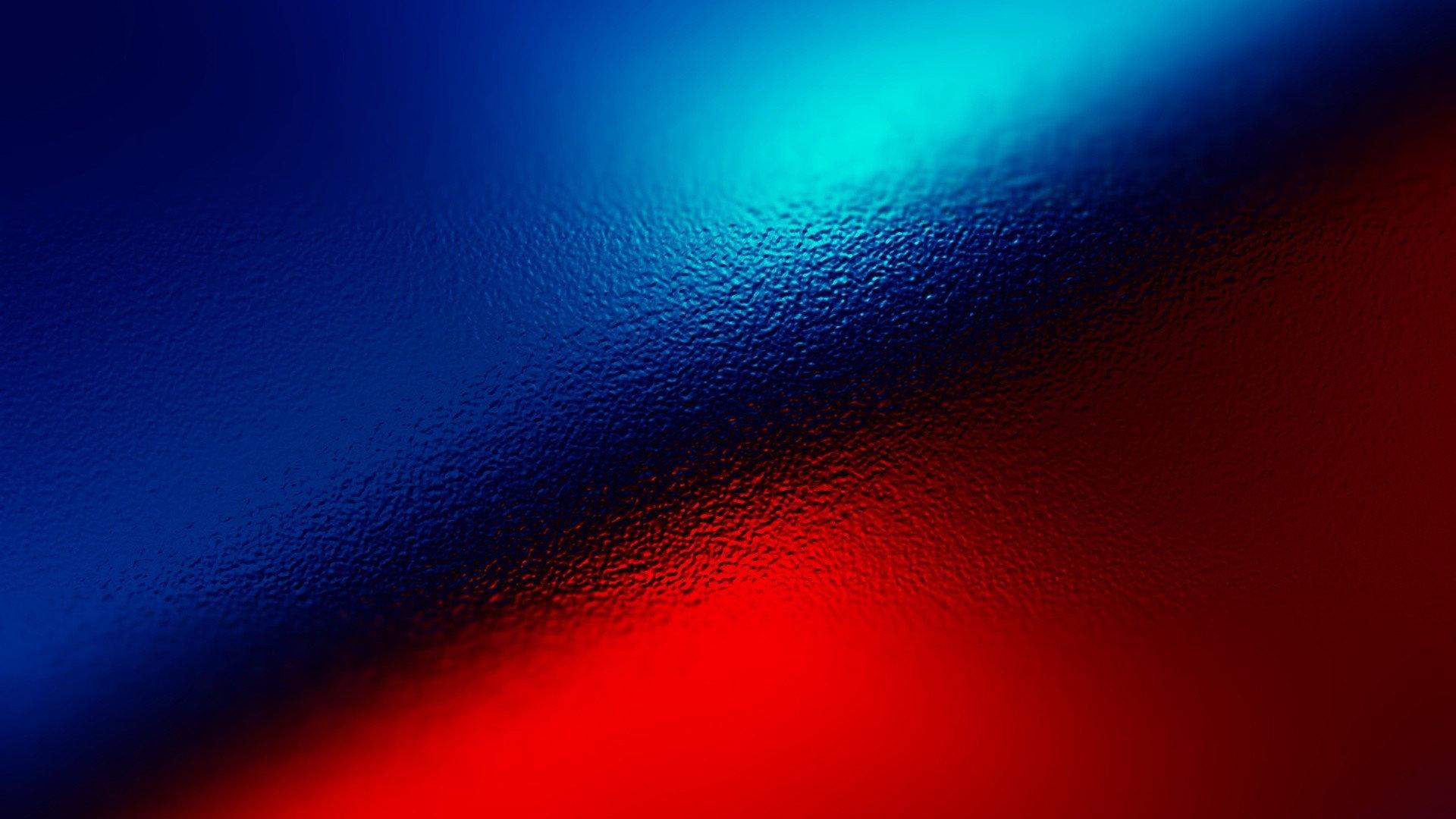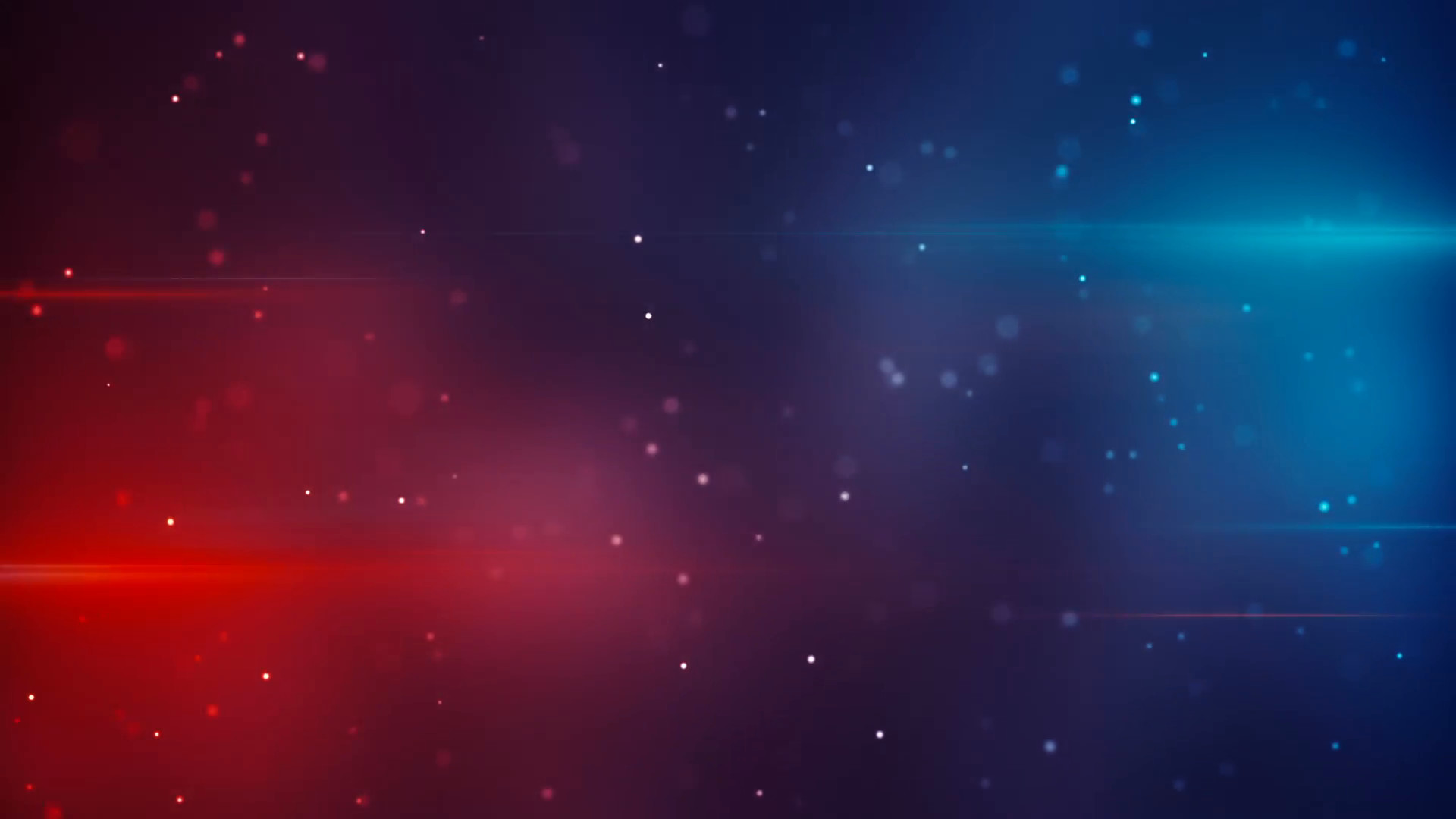
- #Blue and red background how to#
- #Blue and red background full#
- #Blue and red background code#
- #Blue and red background series#
Red can be very versatile, though, with brighter versions being more energetic and darker shades being more powerful and elegant. It’s a great color to use when power or passion want to be portrayed in the design. It can have an overwhelming effect if it’s used too much in designs, especially in its purest form. In design, red can be a powerful accent color. Red has become the color associated with AIDS awareness in Africa due to the popularity of the campaign. In South Africa, however, red is the color of mourning. In other eastern cultures, red is worn by brides on their wedding days. It can also be used to attract good luck. For example, in China, red is the color of prosperity and happiness. Outside the western world, red has different associations. Red also indicates danger (the reason stop lights and signs are red, and that warning labels are often red). Red can be associated with anger, but is also associated with importance (think of the red carpet at awards shows and celebrity events). It’s been shown to enhance human metabolism, too. Red can actually have a physical effect on people, raising blood pressure and respiration rates. In history, it’s been associated with both the Devil and Cupid. It’s also associated with love and passion. It’s associated with fire, violence, and warfare. Use warm colors in your designs to reflect passion, happiness, enthusiasm, and energy. Red and yellow are both primary colors, with orange falling in the middle (making it a secondary color), which means warm colors are all truly warm and aren’t created by combining a warm color with a cool color. These are the colors of fire, of fall leaves, and of sunsets and sunrises, and are generally energizing, passionate, and positive. Warm colors include red, orange, and yellow, and variations of those three colors.
#Blue and red background how to#
And in Part 3 we’ll discuss how to create effective color palettes for your own designs. In Part 2 we’ll talk about how hue, chroma, value, saturation, tones, tints and shades affect the way we perceive colors. Here we’ll discuss the meanings behind the different color families, and give some examples of how these colors are used (with a bit of analysis for each).
#Blue and red background series#
This is the first in a three–part series on color theory. Cultural differences can compound those effects, with a hue that’s happy and uplifting in one country becoming depressing in another. Something as simple as changing the exact hue or saturation of a color can evoke a completely different feeling. Also, subscribe to our newsletter to not miss the next ones.Visual Perception And The Principles Of Gestalt.Part 3: How To Create Your Own Color Schemes.Part 2: Understanding Concepts And Color Terminology.
#Blue and red background full#
See the W3C color names for a full list of color names or look for (W3C) in the table below. For example, in HTML (hypertext markup language) tags and CSS (cascading style sheets) that use color codes, you could use "red" instead of "#FF0000." Color Name With these colors, you can also use the color name.

They can also reference exact colors in photo editing programs like Adobe Photoshop. These color codes can change the color of the background, text, and tables on a web page. There are 16,777,216 possible HTML color codes, and all are visible on a 24-bit display.

#Blue and red background code#
For example, in the color red, the color code is #FF0000, which is '255' red, '0' green, and '0' blue. HTML color codes are hexadecimal triplets representing the colors red, green, and blue (#RRGGBB).


 0 kommentar(er)
0 kommentar(er)
